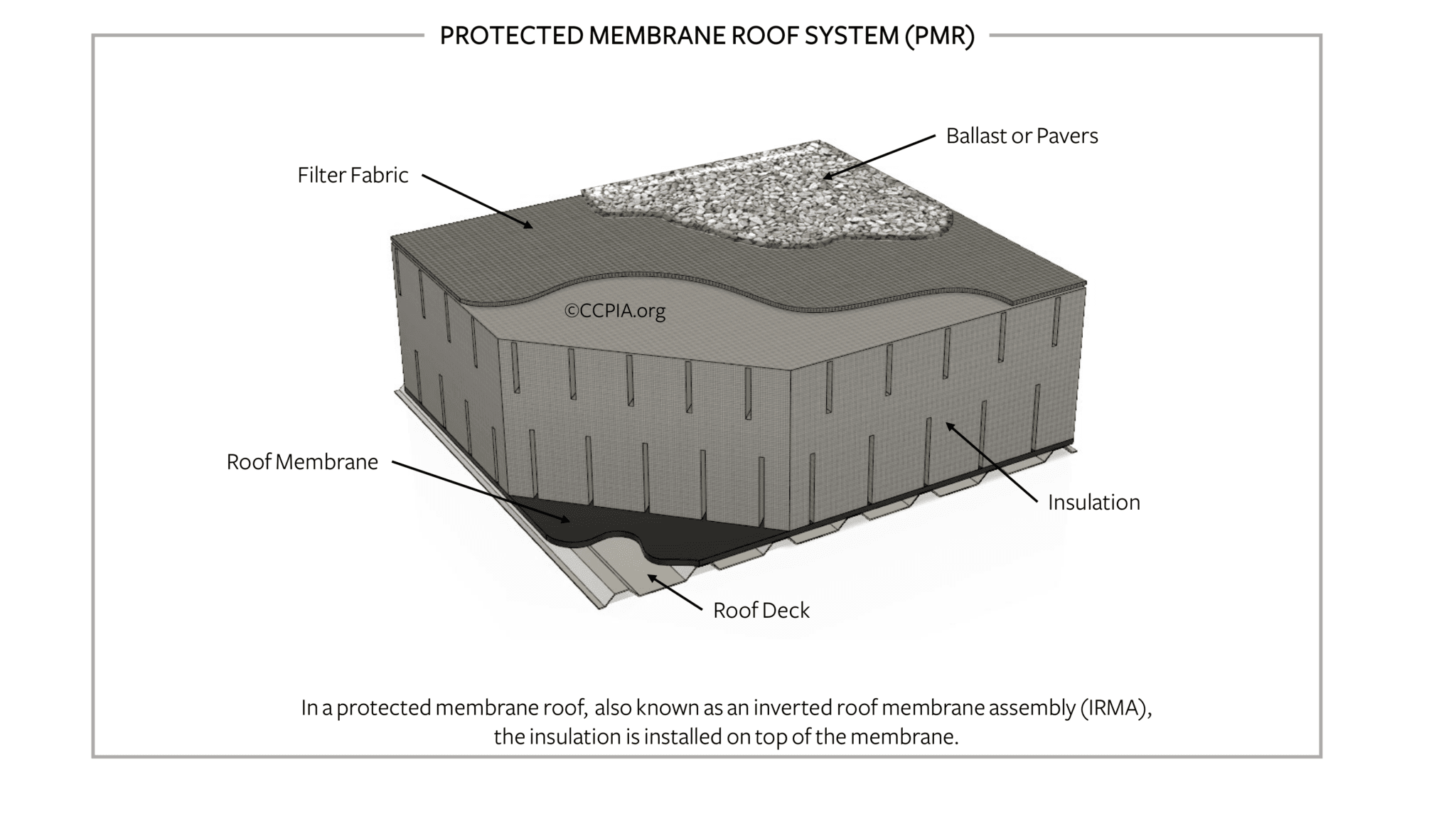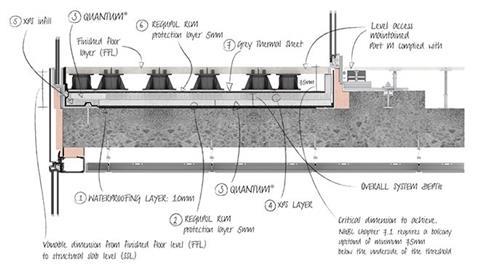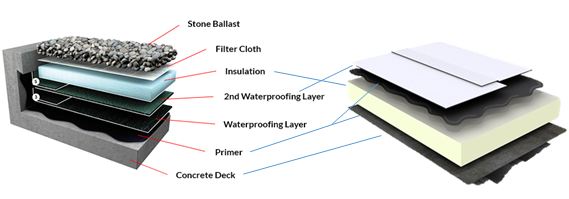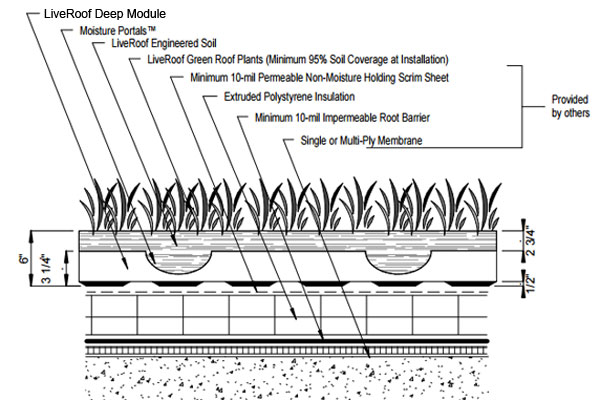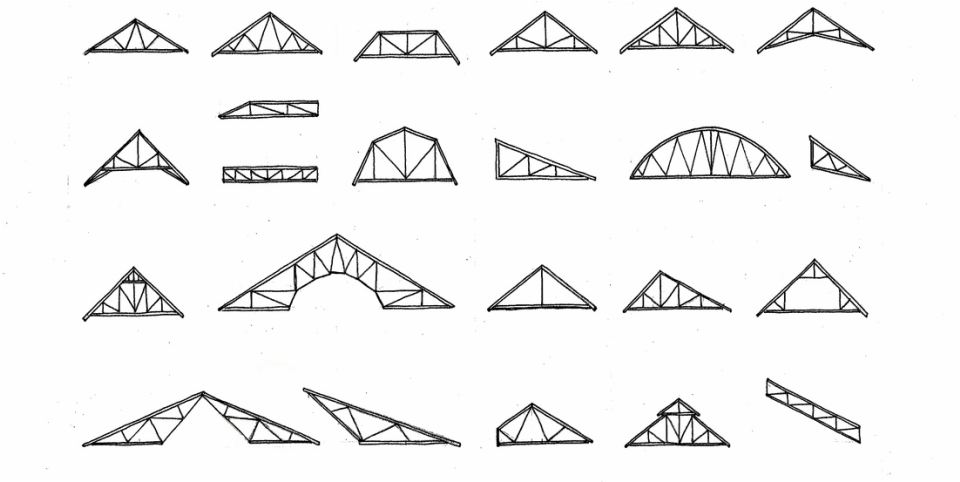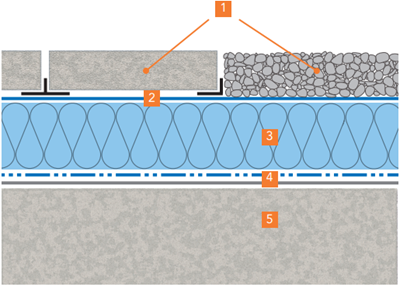Inverted Roof System Vs Conventional Roof

An inverted roof also known sometimes as a protected membrane or pmr roof uses the same materials as a conventional roof but places insulation on the top of the membrane.
Inverted roof system vs conventional roof. The location of the insulation in a conventional roof system poses a few disadvantages. Automated system assists during commisioning process locates damage during construction. Inverted roofs typically last longer than traditional ones. Standard roof trusses are available at lumberyards but trusses can also be custom ordered to fit your.
In a conventional roof system the insulation is installed under the roof membrane. When inspecting look signs of the following. In this system the roof membrane is installed directly onto the roof deck gypsum or concrete board is. This cpd will outline the main features and benefits of inverted roofs as well as the key regulations and codes of practice.
Utilized for construction dry out for sustainable methods to dry out the roofing system in situ. This is the most common low slope roof application. Inverting the roof also protects the roof membrane from mechanical damage ultra violet radiation and wind uplift. Invented by dow in the late 1960 s an inverted roof system uses dupont styrofoam brand xps insulation to protect the membrane helping improve the performance and.
An inverted roof also referred to as a protected membrane or upside down roof is form of flat roof in which the waterproofing layer is beneath the thermal insulation rather than above it. Truss roof by joseph west trusses have become the standard for residential roof framing. Building intelli conventional inverted roof monitoring. Aging caused by the extreme temperature fluctuations experienced in conventional roof systems.
Roof trusses are carefully designed framing members composed of multiple triangles connected by metal fastener plates. Inverted roofs have significantly lower maintenance costs than conventional low slope roofs thanks in large part to the insulation in the inverted assembly protecting the roof membrane from mechanical damage during and after construction as well as temperature extremes that cause stress. This in turn is secured by a layer of ballast or paving or a green roof. Bre investigated a large building with an inverted roof that was suffering from persistent leaks with water dripping from the underside of the roof and on to suspended ceiling tiles.
Among the many types of roofing systems available is the built up roofing system bur usually applied to flat or low slope roofs the traditional flat roof system used for more than 100 years also is known as a mop on or tar and gravel system.
